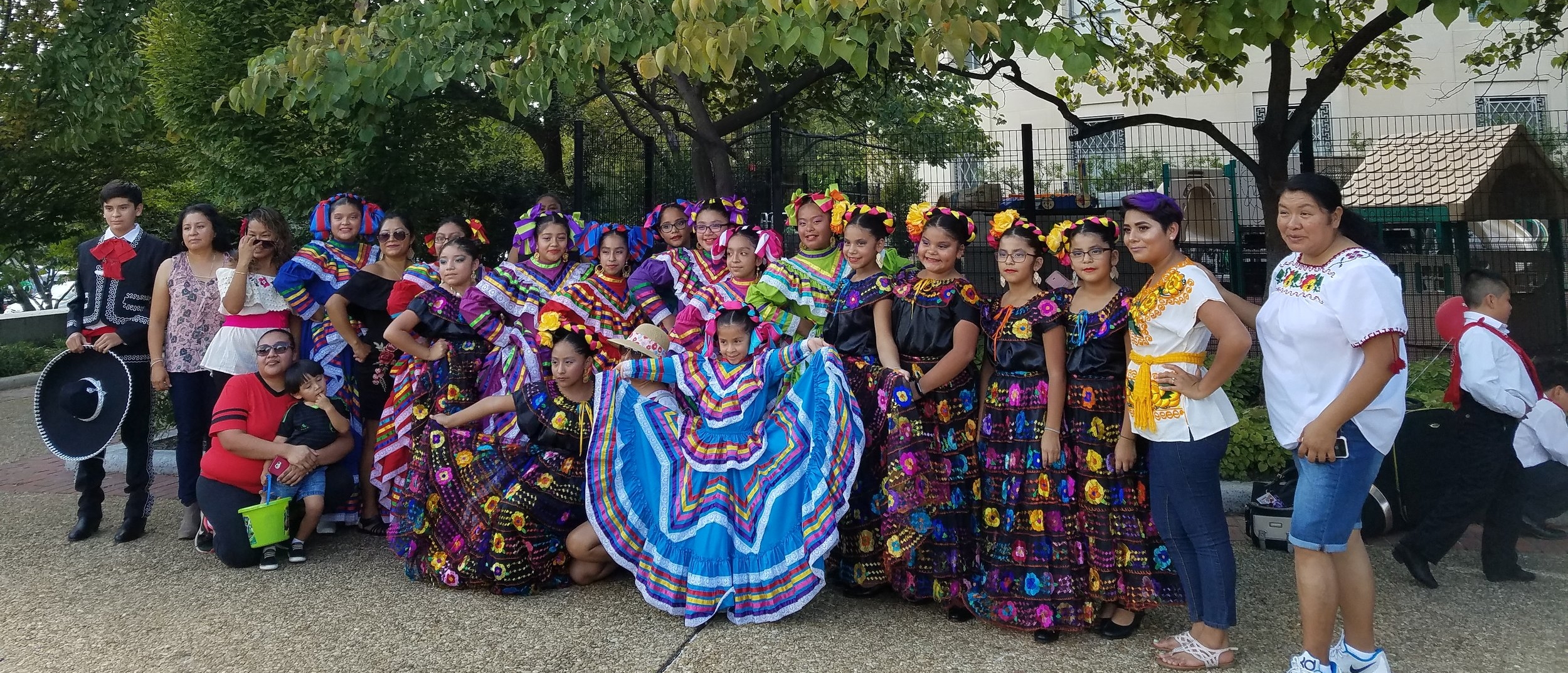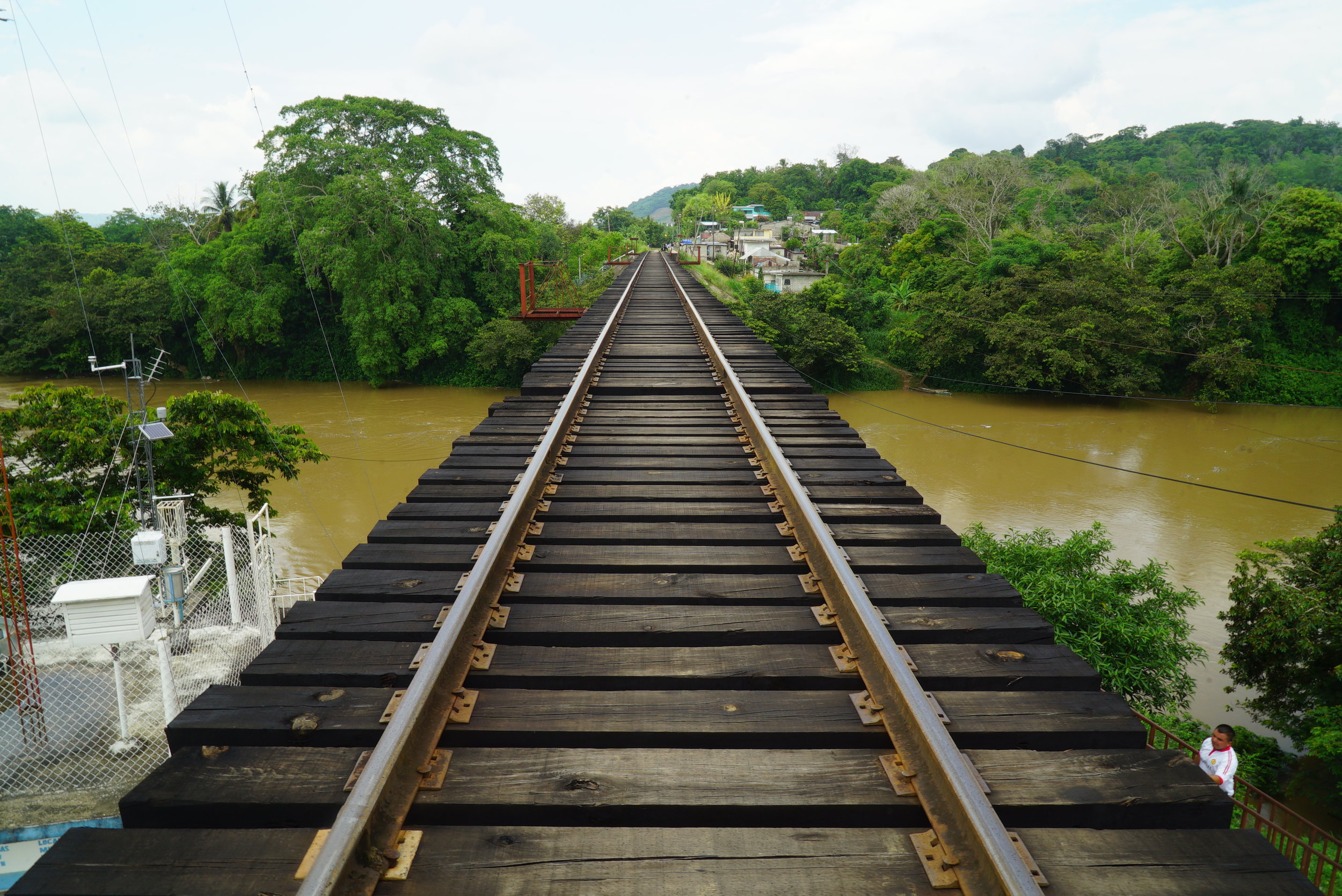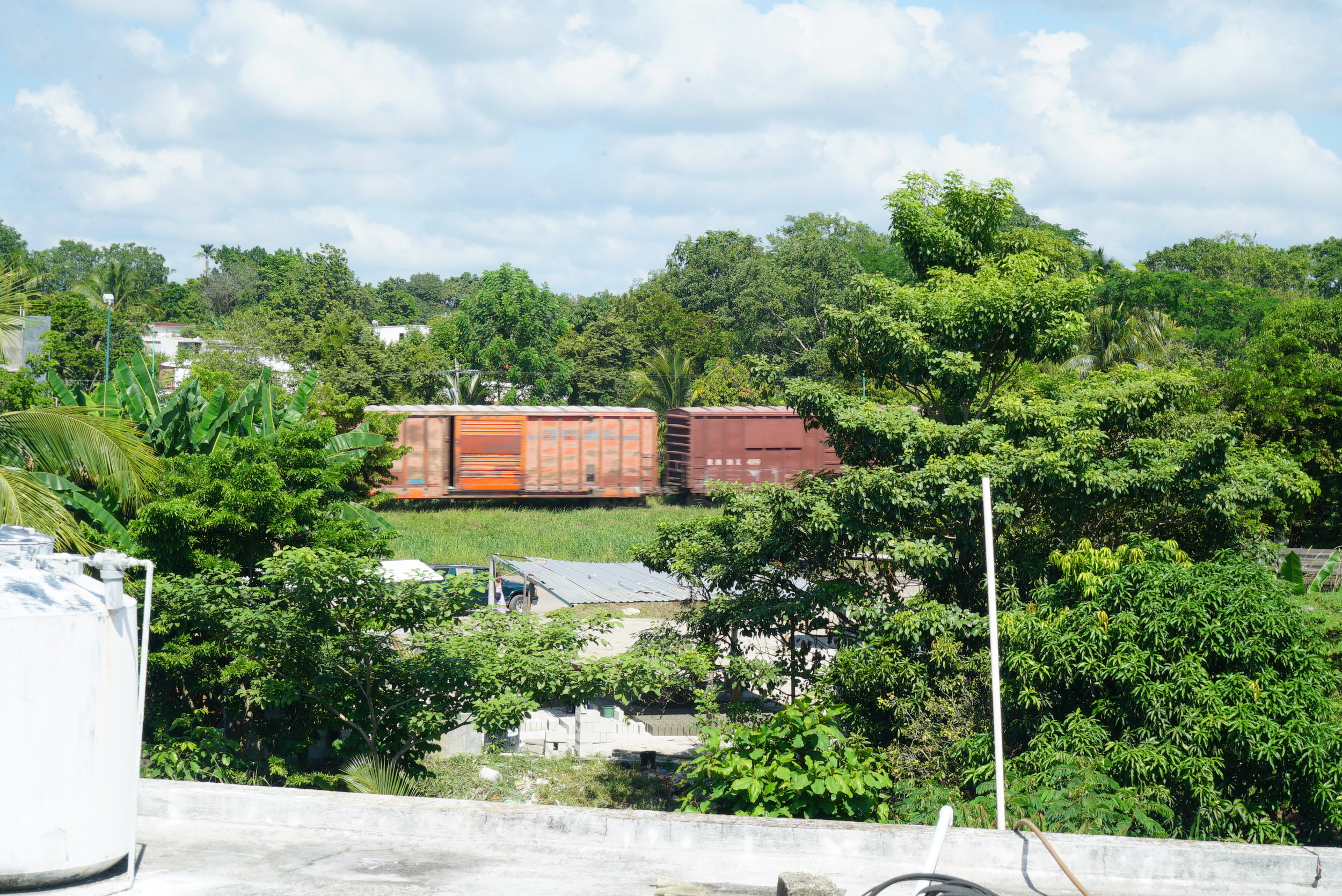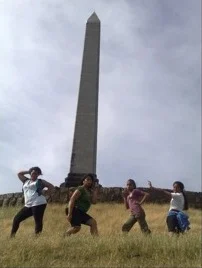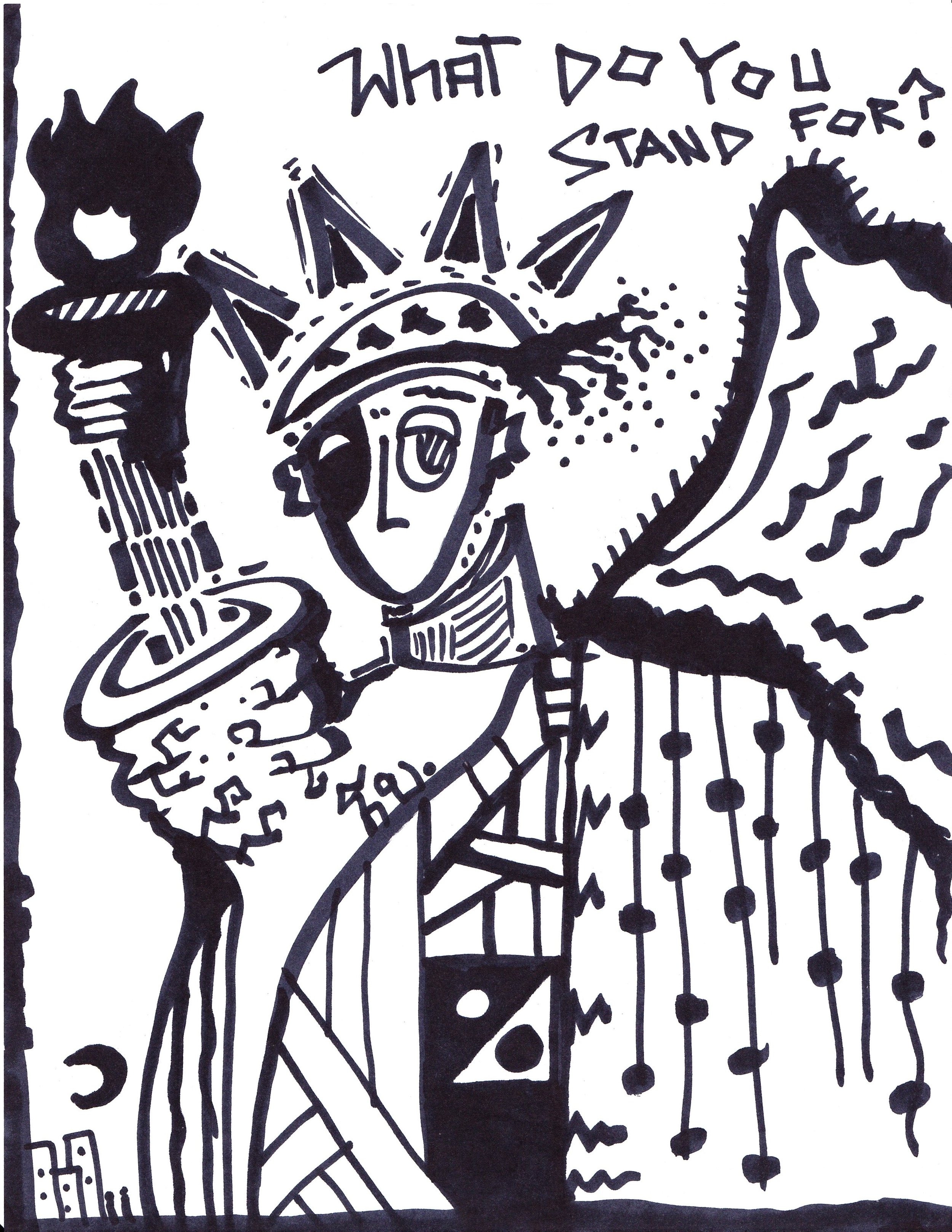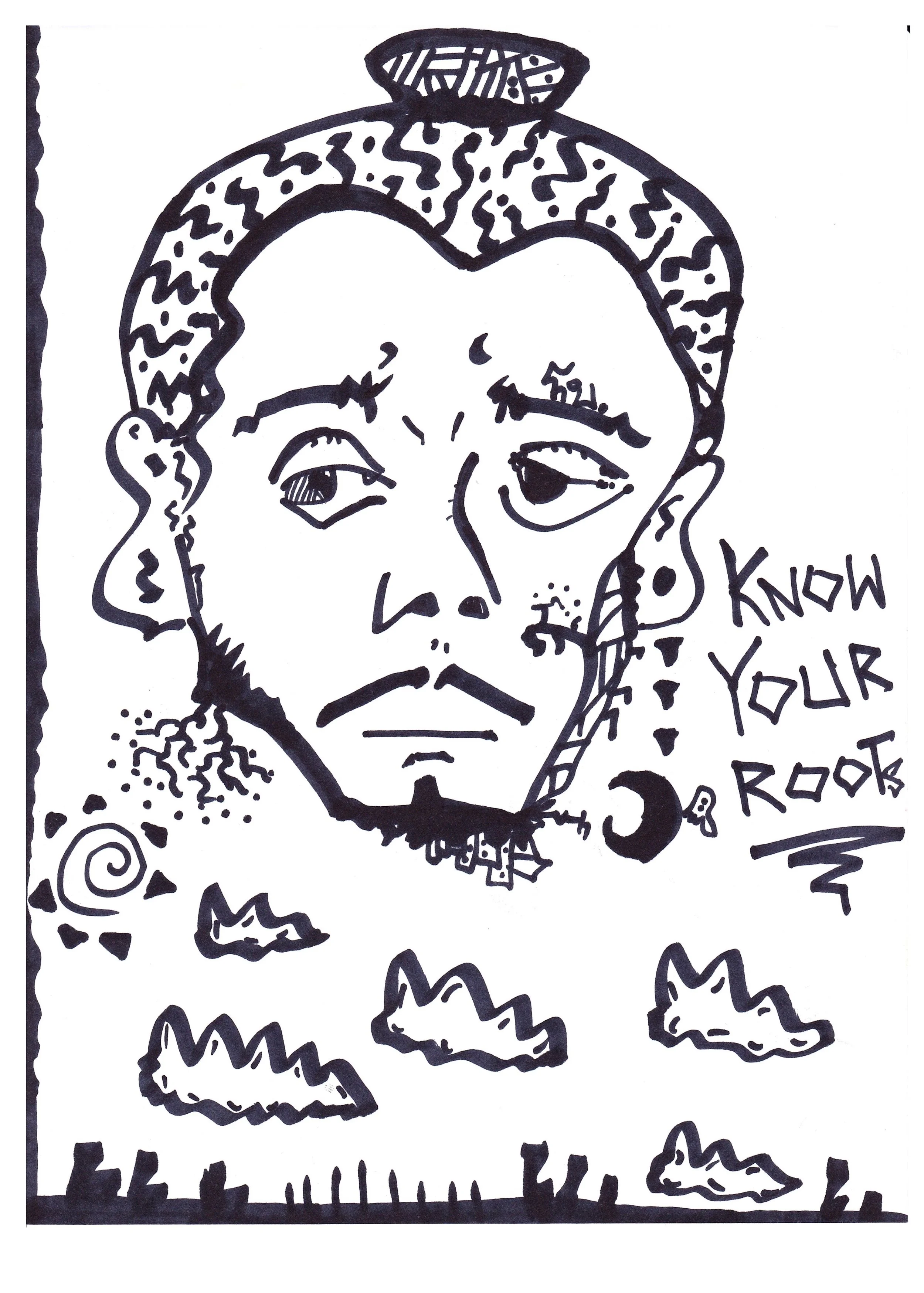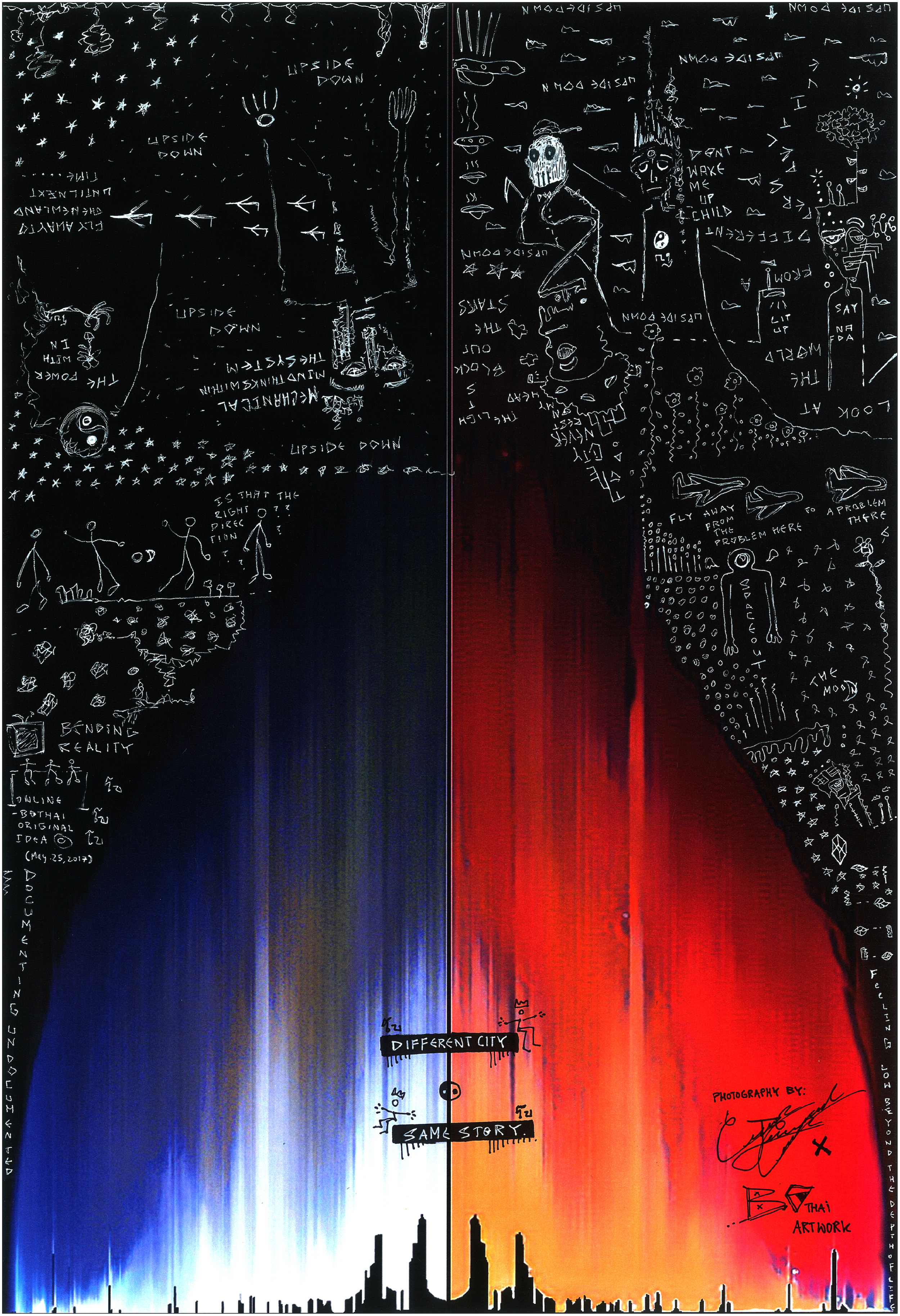by Ernesto Castañeda
What is the future of immigrant youth? Picture of youth folkloric dance group in a Hispanic festival in Washington DC on September of 2017. Credits: Ernesto Castañeda
DACA (the Deferred Action on Childhood Arrivals directive) provides people who arrived in the United States as minors a reprieve from deportation and work permits. Some people ask whether DACA is a legal program or not. This is a reasonable question given the ongoing coverage of lawsuits and court proceedings deciding the program’s legality in one way or the other. But determining the fate of DACA or similar programs through the justice system means that a handful of judges make decisions that affect the security and wellbeing of thousands of individuals.
DACA is constitutional in the sense that the way we interpret the constitution today includes universalist principles that declare everyone as equal. The 14th Amendment of the US Constitution foresees equal protection and rights for people within the US, which has been interpreted to include equal access to services and other basic rights regardless of race, ethnic origin or citizenship. Legal precedents about the right to public education, civil rights, due process, freedom of religion, and labor rights, among others, give the same rights and prerogatives to all people in the U.S. regardless of citizenship or immigration status. For example, the 1966 Supreme Court decision in Miranda v. Arizona ruled that all suspects being detained by the police have the right to remain silent and are informed of their right to an attorney including foreign-born individuals to obtain consular services according to the Vienna Convention.
Let’s also remember that historically, deportation has been the exception rather than the rule in the United States. Large deportations have not been attempted since the massive deportations of Mexicans following the Great Depression when between 458,000 and 1.8 million Mexicans were deported between 1929 and 1937.
DACA recipients and the children of immigrants who are given the change to attend college become part of the American middle class. Day without Immigrants March, Washington, DC, February 16, 2017.
Generally speaking, except for high-capacity bureaucratic authoritarian regimes such as the USSR, North Korea, or the Germans after World War II regimes can rarely fully control emigration. Except for war times, such as around World War II or feeding a xenophobic ethnic-cleansing campaign, such as the Holocaust and the Japanese internment, most governments have not been able to round and deport whole categories of people. There is always administrative discretion and budgetary constraints to deport everyone with an expired visa or who crossed outside of a customs port of entry. The level of surveillance, violence, and cruelty needed to do so, however, is unlikely to occur in a truly democratic regime during peacetime without producing citizen and bureaucratic protest and civil disobedience.
DACA recipients are net contributors to their states and to the country. Given that DACA helps an educated small sub-sector of the population that is deeply embedded in the community and contributes to it, it is good policy to support the advancement and integration of this group as a matter of social justice. The government should also be interested in continued economic growth while decreasing categorical inequality, and to avoid the growth of a marginalized underclass.
DACA’s media framing, application requirements, and the mostly supportive public opinion around it all demonstrate that it is a fair program that supports deserving individuals who are American all but on paper. If the object of the law and the judicial system is to advance justice or to defend what is fair and ethical, then DACA is clearly legal and should be supported by the courts.
Yet, in the end, DACA’s standing is a political issue and not a legal one. If the President had the political will to protect young immigrants, he could renew or expanded DACA, just as President Obama created the policy by an internal directive within the Department of Homeland Security to defer the deportation of DACA recipients. Similar decisions have been made recently to end Temporary Protected Status and to deport people without violent criminal records. If Congress had the political will to pass a Comprehensive Immigration Reform, an amnesty, the DREAM Act, or a bill along the lines of DACA, they could. Yet, the issue has now become partisan with Republicans supporting Trump’s anti-immigrant stance and Democrats speaking in favor of pro-immigrant policies.
Several groups staged protests in front of the White House on September of 2017 against rumors that Trump would end DACA. Photos by Ernesto Castañeda © 2017.
The U.S. Supreme Court of Justice as a human institution not an embodiment of the divine. Photo by Castañeda.
We cannot say that DACA’s legality is a technical legal issue and that the Supreme Court will eventually decide objectively on the legal merits of the case, while we also understand how the selection of new members to the Supreme Court has conservative or progressive effects on the decisions by the Court. Supreme Court justices are political appointments selected by Presidents precisely because of the ideologies they hold, and not necessarily because they will apply the laws as reflected in the Constitution or as written by Congress. There is always room for discretion, and court decisions are made taking in consideration the long-term effects of decisions, and their enduring political implications. For this reason, what conservative justices will decide about DACA is no surprise. Disagreements over continuing DACA are rooted in clashing political ideologies, not in technical judicial or legal decisions that only experts can adjudicate.
Historically and today social movements demand for the integration of excluded groups. Rights are demanded not given. Photos and collage by Ernesto Castañeda © 2018.
Is DACA legal? One could answer in the affirmative because it is within the powers of the President and the jurisdiction of the state—yet its survival is truly a political question. Judges could disagree as when they argued in the 1857’s Dred Scott v. Sandford that abolishing slavery in the south would be unconstitutional and that blacks could not be citizens (Kendi 2016:204). Thus, to see social change, pro-immigrant Americans cannot rely on “the law” which by its current design itself creates illegalized immigrants. Supporters of immigrants have to bring the issues of social justice to the streets and, ultimately, to the electoral process.
Ernesto Castañeda is the author of A Place to Call Home (Stanford 2018), Building Walls (Lexington 2019), and Social Movements 1768-2018 (Routledge 2019) with Charles Tilly and Lesley Wood; Editor of Immigration and Categorical Inequality (Routledge 2018); and Co-editor with Cathy L. Schneider of Collective Violence, Contentious Politics, and Social Change (Routledge 2017).
